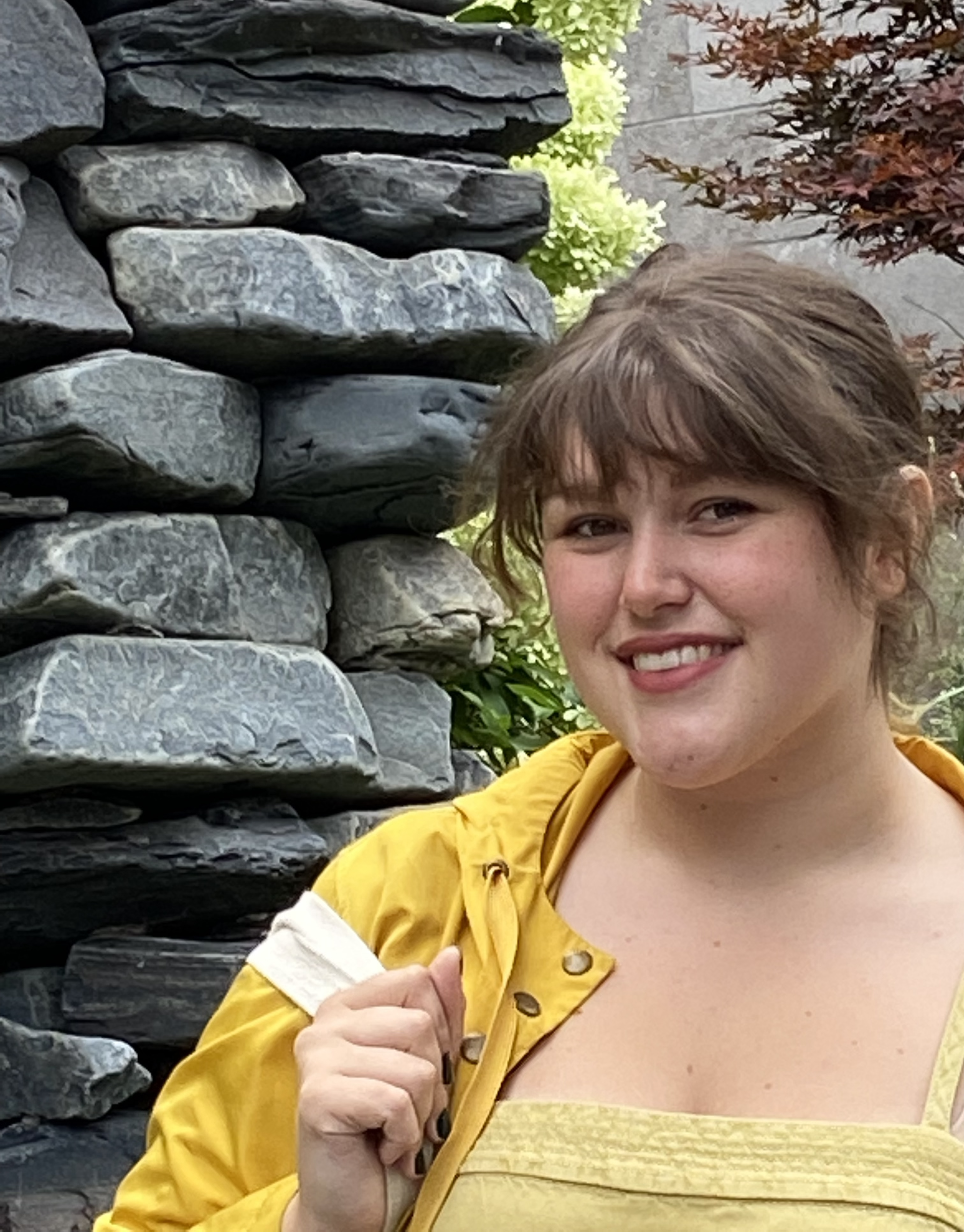Overview
A lesson plan for students to explore how to find sources within non-fiction texts which can guide them as they do further research on the topic at hand. Designed for a Grade 12 English College Preparation classroom, within a 75 minute period.
Guiding Question: How do we know where to find more information?
Curriculum Links
Based on the 2007 Ontario Curriculum for English Grades 11 & 12
| Subject: ENG4C (Grade 12 English, College Preparation) |
|---|
| Strand: Reading & Literature Studies / Writing |
| Overall & Specific Expectations | |
|---|---|
| 1. Reading for Meaning (Reading & Literature Studies) | read and demonstrate an understanding of a variety of informational, literary, and graphic texts, using a range of strategies to construct meaning; |
| 1.2 Using Reading Comprehension Strategies | select and use the most appropriate reading comprehension strategies to understand texts, including increasingly complex or difficult texts |
| 1.3 Demonstrating Understanding of Content | identify the most important ideas and supporting details in texts, including increasingly complex or difficult text |
| 1.6 Analysing Texts | analyse texts in terms of the information, ideas, issues, and themes they explore, examining how various aspects of the texts contribute to the presentation or development of these elements |
| 1. Developing and Organizing Content (Writing) | generate, gather, and organize ideas and information to write for an intended purpose and audience; |
| 1.3 Research (Developing and Organizing Content) | locate and select information to effectively support ideas for writing, using a variety of strategies and print, electronic, and other resources, as appropriate |
| 1.4 Organizing Ideas (Developing and Organizing Content) | identify, sort, and order main ideas and supporting details for writing tasks, using a variety of strategies and selecting the organizational pattern best suited to the content and the purpose for writing |
Work Skills & Habits
Addressed in this lesson are the skills of:
- Organization
- Collaboration
- Independent Work
- Self-Regulation
As outlined in Growing Success (2010)
Learning Intentions & Success Criteria
Learning Intentions
Today I will:
- Understand how external sources are presented in nonfiction texts
- Practice identifying and finding citations, attributions, and/or bibliographies in nonfiction texts
- Annotate non-fiction texts
- Find external sources in nonfiction texts
Success Criteria
- I can identify an external source in a nonfiction text
- I can annotate a nonfiction text
- I can analyse a nonfiction text
- I can compile a list of sources from a nonfiction text
Lesson Execution
Hook: Wiki Rabbit Hole
A hook focuses attention on the learning intention to come, provides a framework for the learning, and examples/analogies for understanding, and promotes interest and involvement and bridges from past lesson(s)/learning or prior knowledge.
In this lesson, students will start on the Wikipedia page for their high school. They will then have 2 minutes to follow the in-text links on the page, and see how far they can get from the original topic as possible. They will then share with the class what topic they ended on, and the path they took to get there. Timing: 10 minutes
Development: Review & Practice
The development provides experiences that guide and support students. Introduces content that is meaningful and relevant, challenges the students without frustrating them, actively engages the students, and involves a range of instructional approaches and activities.
In this lesson, students will review how information is cited/sourced in nonfiction texts, and how that can help with further research for a given topic. In small groups, they will practice finding external sources in a short sample non-fiction text (that they have seen & read in a prior class), and how to determine which of those sources are most relevant to the research they would need to do. The class will then take up what they found.
Students will then choose from one of 3 articles provided, and complete a graphic organizer which contains 3 sections:
- What they know and are wondering about the topic before reading
- A copy of the article as they have annotated it as they read
- What they are still wondering about, what they learned, and where they can go for more information on the topic.
Timing: 45 minutes
Closure: Peer-Sharing
The closure is what the instructor does to facilitate wrap-up at the end of the lesson - it is a quick review, to remind students what it was that they have learned (or should have learned) and allows you to see where the students are to assist you in planning for the next lesson. May also help students to think about their own learning (metacognition).
In this lesson, students will gather in small groups based on which article they chose, and share what they filled out in the third section of the graphic organizer. Students will then hand in the graphic organizer.
Timing: 20 minutes
Assessment Strategies
Assessment AS Learning: students will share and review each other's ability to find relevant external sources within non-fiction texts.
